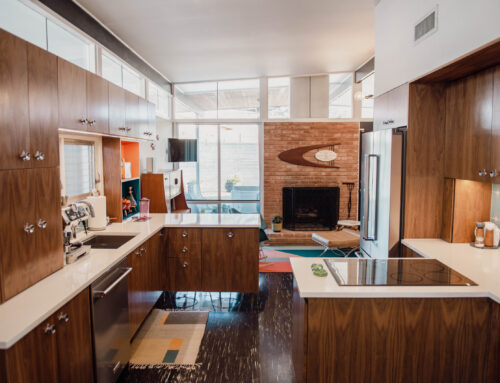How Neil Emmons changed the face of East Dallas
East Dallas neighborhoods are not known for being quiet. We’re active, we’re engaged and we make our voices heard at Dallas City Hall on issues that affect us. Most importantly, we fervently believe that the destiny of our neighborhoods should be determined by us, the residents who live here and have the most at stake.
You can see this philosophy in issues large and small across East Dallas, whether it’s an expansion of a shopping center, a proposed restaurant at White Rock Lake, parking areas for the Dallas Arboretum or improvements to Lower Greenville.
The idea that residents are in the very best position to know what is best for them is called “neighborhood self-determination,” a concept I first learned from a City Plan Commissioner named Neil Emmons. It’s the common-sensical notion that the people who are most affected by an issue should have the most say in the matter — not Dallas City Hall, not some hired consultant, not a wealthy developer. But the neighbors who actually have to live with the decision.
The notion that a city should be built from the ground up, not top down, is essential for strong neighborhoods and has proved critical to the success of Old East Dallas. Our area of town has thrived when neighbors’ voices were heard (witness our proliferation of successful historic and conservation districts), and done less well when decrees were issued by City Hall over our objections (the destruction of Gaston and Ross avenues).
Neil Emmons was an ardent champion of neighborhoods. I first met him in the early 2000s, when our M Streets neighborhood was trying to become a conservation district. Neil was serving on the City of Dallas Plan Commission — the city board that decides zoning matters — and he educated our neighborhood about the conservation district process, community engagement and how to navigate Dallas City Hall.
Zoning was totally new to me, and Neil taught me about that, too. I learned that zoning regulation determines what gets built where, how big it can be and what it can be used for. Developers sometime seek zoning variances, often to build bigger and taller than what the current zoning allows. I learned from Neil that neighbors speaking in one voice can have a remarkable impact on this most fundamental of city regulations.
Neil was a bit of an evangelist about neighborhood participation, and for good reason. He had seen neighborhoods get bulldozed, both figuratively and literally, when they were disengaged and uneducated, and he worked to make sure neighbors were armed with information, history, knowledge of process, and understood the political dynamics of City Hall.
After I was elected to the Dallas City Council in 2005, Neil agreed to stay on as plan commissioner for District 14, and we worked together for four years. The Plan Commission’s job is to make recommendations to the council on each and every zoning case, and I could count on Neil to thoughtfully analyze zoning applications, to work closely with residents and developers in finding compromise, and (most importantly) to have the fortitude to say “no” to bad zoning requests.
I mention all of this because Neil passed away just a few weeks ago at the young age of 45. It is such a loss for our city and especially for our neighborhoods. Neil leaves behind a remarkable legacy: countless new development projects in Uptown and Oak Lawn and East Dallas that he tweaked and molded to ensure their compatibility with surrounding neighborhoods.
But Neil will be remembered for much more than better buildings and improved edifices. His legacy can be seen in the many community leaders he inspired to be fierce guardians of our neighborhoods, to organize and voice our will to the city, to accept nothing less than our seat at the table when important decisions are being made. His impact on our neighborhoods will be a lasting one. What a great gift to leave our city.






